OpenAI, headquartered in the United States, is renowned for pioneering advancements in artificial intelligence. Among its recent innovations is Sora, a groundbreaking text-to-video model with multifaceted capabilities. Sora exhibits prowess in transforming static images into amazing videos, responding to descriptive prompts to generate tailored content, and manipulating the temporal progression of pre-existing videos. Despite its remarkable potential, as of February 2024, Sora remains unreleased to the public, indicating ongoing refinement and strategic considerations regarding its deployment. This cautious approach underscores OpenAI’s commitment to ensuring the robustness, efficacy, and responsible implementation of its cutting-edge AI technologies.
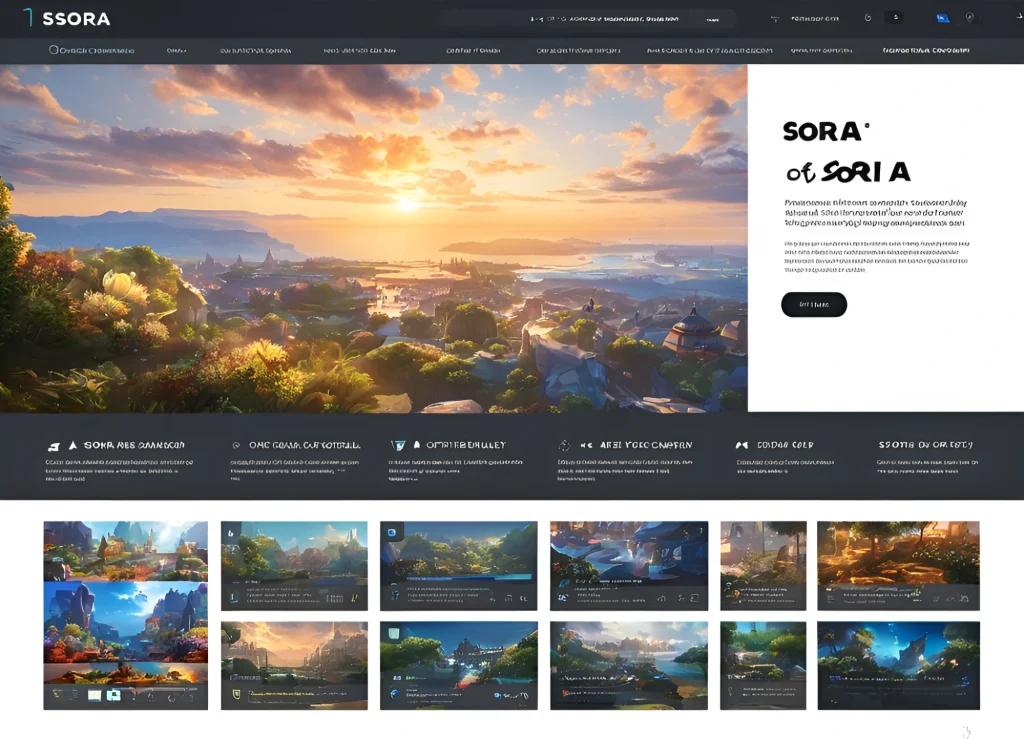
The technology powering Sora draws upon the framework developed for DALL-E 3, adapted specifically for its purposes. Described by OpenAI as a diffusion transformer, Sora employs a denoising latent diffusion model, with a single transformer serving as the denoiser. The process involves generating a video in latent space by denoising 3D “patches,” which are then transformed to standard space through a video decompressor. To augment its training data, re-captioning is utilized, employing a video-to-text model to generate detailed captions for videos.
During its development, OpenAI trained the model using a combination of publicly available videos and copyrighted content licensed for research purposes. However, specific details regarding the quantity or sources of these videos were not disclosed. Upon its unveiling, OpenAI acknowledged certain limitations of Sora, including difficulties in simulating complex physics, understanding causality, and distinguishing between left and right. For instance, one instance demonstrates a perplexing scenario where a group of wolf pups appears to multiply and converge, presenting a challenge for coherence.
In accordance with OpenAI’s established safety protocols, Sora is programmed to restrict text prompts related to sexual, violent, hateful, or celebrity content, as well as materials featuring pre-existing intellectual property.
Researchers involved in Sora’s development have highlighted the noteworthy capabilities of the model. Tim Brooks, a key researcher, noted that Sora autonomously learned to generate 3D graphics solely from its dataset. Similarly, Bill Peebles, another researcher, observed that the model spontaneously generated various video angles without explicit instruction.
OpenAI has implemented C2PA metadata tagging for Sora-generated videos, indicating their AI-generated nature, as part of efforts to maintain transparency and accountability within the media landscape. Let’s jump right in and understand how to effectively use this reinforced text-to-video AI innovation.
How to Use Sora AI Text-to-Video Tool
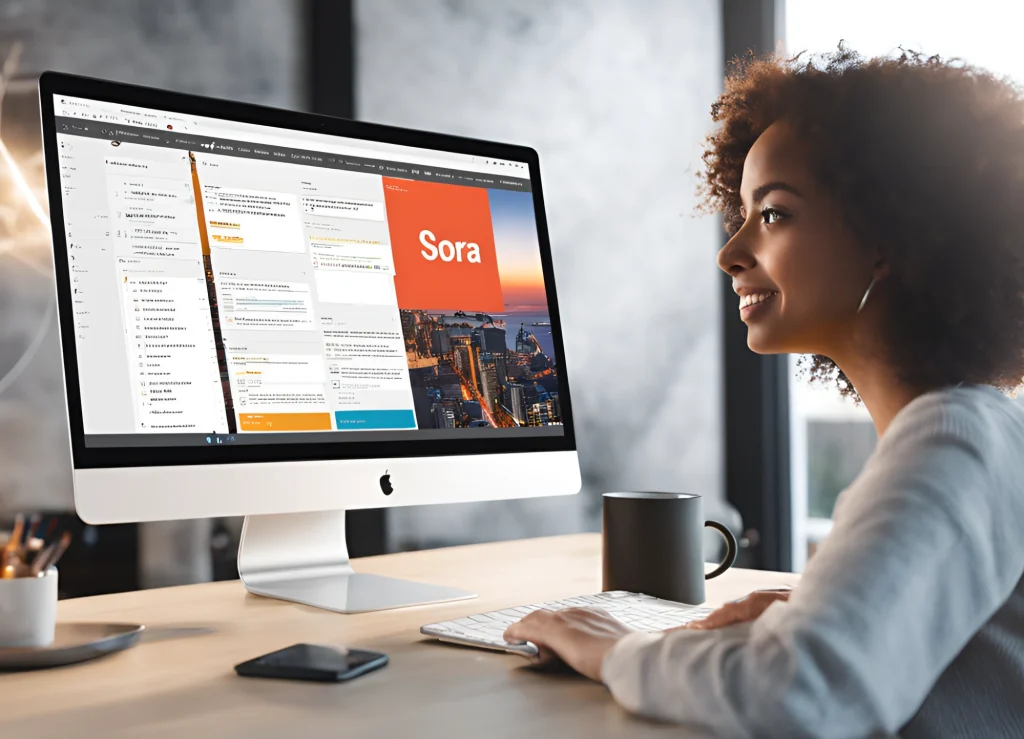
First, go to OpenAI’s official website and create an account (or log in if you already have one) to start using Sora. Access to Sora and the rest of OpenAI’s AI toolkit is now possible. After you log in, go to the dashboard or products area to see Sora’s listing. Investigate its capabilities and features in the designated area.
Second, click on the “Create New Video” or comparable menu item. This should launch a workspace dedicated to creating video content. Learn how to use the interface; it probably has buttons for uploading images, entering text prompts, and modifying video settings.
The third step is to enter the appropriate text prompts and attach pictures where necessary.
To do this, enter captions or hints that provide Sora with guidance to create the necessary video content. These might be as basic as instructions or as complex as situations. Upload any more pertinent pictures or materials so that Sora can use them to improve the video’s visual storytelling.
The next step involves a thorough preview and edit of the output video after the processing time. This entails watching the produced video and making any necessary adjustments. To get the desired result, change the prompts, upload more assets, or adjust the parameters. Continue doing this until you are happy with the final output.
Lastly, you can export and share the finished video with the intended audience by exporting it from Sora’s platform. For anyone looking to create interesting video material for personal, educational, or professional use, Sora provides an adaptable toolkit to meet such needs.
An example of Sora’s AI text-to-video innovation
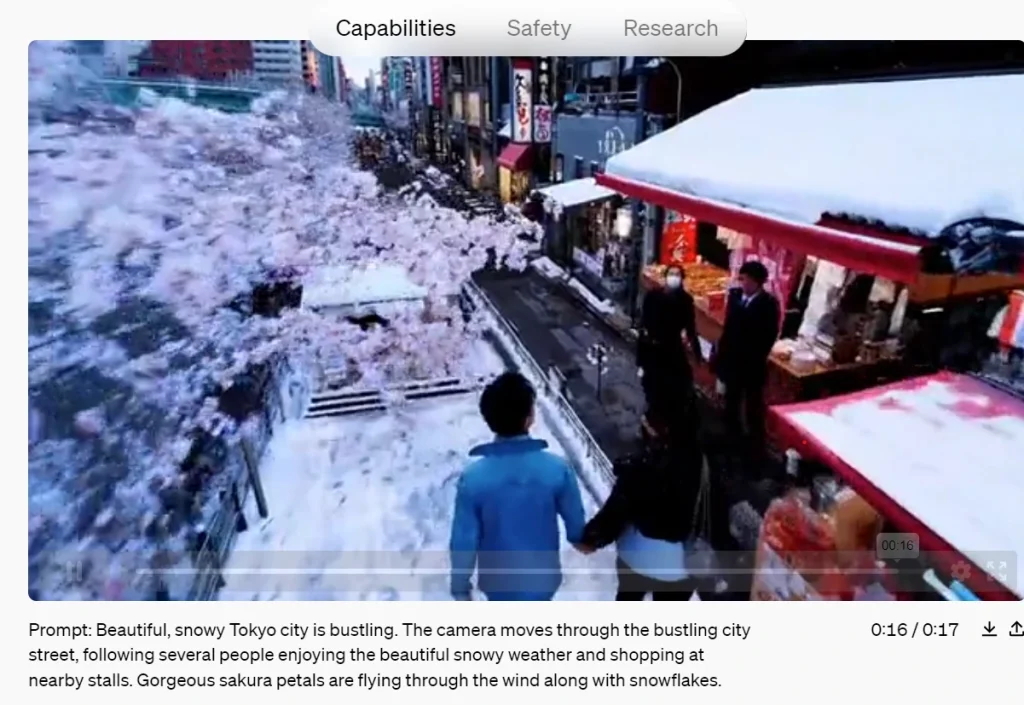
Innovative Applications of Sora
OpenAI’s ground-breaking technology, Sora, transforms the process of creating video content from text descriptions and offers a multifaceted use in a variety of industries. Here’s a look at some innovative applications of Sora across different industries:

1. Education:
- Learning Models: Sora can be used to make interactive learning modules by creating instructional videos that reduce complex ideas to visually stunning stories that captivate viewers and provide students of all skill levels with an immersive learning environment.
- Virtual Field Trips: By using immersive clips and videos to take students to historical sites, natural wonders, or scientific occurrences, one can expand their knowledge beyond what can be learned in a traditional classroom.

2. Social Media:
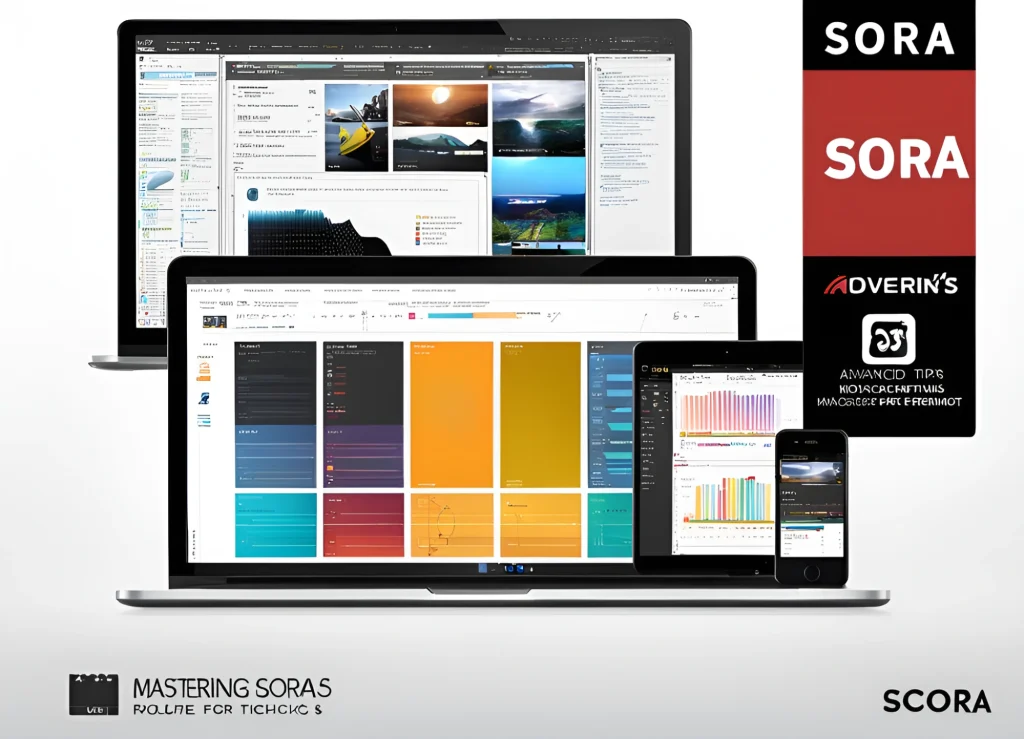
- Personalized Messages: Anyone can utilize Sora to create unique video messages for announcements, special occasions, or private exchanges to establish stronger bonds with your followers and inject some originality and genuineness into your social media activities.
- Trending Challenges: With advancements in Sora, anyone can quickly adapt dynamic videos to trends and challenges on social media to keep content current and relevant in this continuously expanding terrain of artificial intelligence.
3. Digital Marketing:
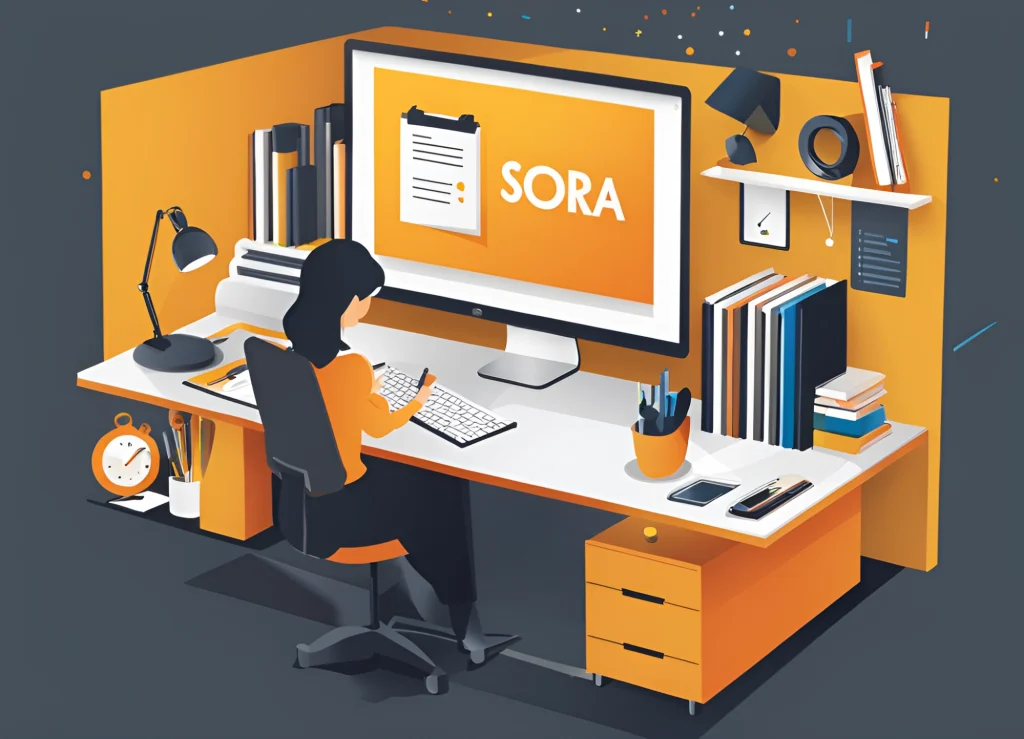
- Product Demonstrations: Without the need for bulky filming equipment or actual prototypes, Sora can create realistic, engaging films that highlight the features, applications, and advantages of your products in great detail.
- Brand Storytelling: Using immersive storytelling approaches to create engrossing narratives that emotionally connect with audiences, strengthen brand identity, and cultivate consumer loyalty, Sora solves many brand issues.
4. Entertainment and Storytelling:
- Short Films: Leveraging Sora, filmmakers and storytellers can transcend traditional film production limitations and bring their stories to life in visually striking short films. Filmmakers can more effectively and freely explore their creative concepts because of Sora’s ability to translate scripts or story outlines into dynamic visual sequences.
- Music Videos: Artists and bands can use Sora’s features to create captivating music videos that go well with the themes and lyrics of their songs. Sora gives performers the tools they need to express themselves deeper, more artistically, and reach audiences in fresh and interesting ways by turning musical ideas into immersive visual experiences. Sora provides new creative opportunities for making music videos, whether it’s telling a tale or creating intense moods.
The versatility of Sora extends beyond these examples, promising boundless opportunities for creativity and innovation across industries, from entertainment and journalism to healthcare and beyond. Sora is leading the way in the transformation of the visual content creation landscape as businesses continue to leverage the potential of AI-driven video generation.
Best Alternative to Sora AI: ZMO Text-to-Video AI
Inasmuch as Sora AI is breaking ground and revolutionizing the world of artificial intelligence, it is not the only innovation doing so. The best alternative to Sora AI is the ZMO AI tool. ZMO AI is also in the spotlight because it offers a quicker and cheaper fix to Sora’s AI.
So, what exactly is ZMO text-to-video AI?

What is ZMO Text-to-video AI?
ZMO.AI is a strong pioneering force when it comes to video creation, offering sophisticated capabilities that extend beyond mere generation. This AI-powered platform excels at crafting intricate videos complete with richly detailed characters and backgrounds, showcasing a deep understanding of user prompts. ZMO AI is very similar to Sora AI; however, ZMO AI’s prowess transcends basic video generation; it serves as a comprehensive toolkit tailored to elevate the entire video production process.
Beyond its core functionality as a video generator, ZMO.AI provides an array of advanced features designed to meet diverse creative needs. Users benefit from a suite of tools that empower them to unleash their imagination and produce high-quality videos with ease.
Particularly, ZMO.AI makes it possible to produce multi-shot videos with unified characters and styles, which gives each production a sense of coherence and unity. Because of this methodical approach, each video created with ZMO.AI is not only aesthetically stunning but also specifically customized to the user’s vision.
Creators are encouraged to explore the limitless potential of AI-driven video production with ZMO.AI at their disposal. ZMO.AI provides a flexible platform that stimulates creativity and makes it easier to realize ambitious video projects, whether the goal is creating immersive narratives, creating captivating marketing content, or expressing creative vision. With ZMO.AI, embrace the future of video production and open up a world of boundless possibilities.
Distinctive Attributes of ZMO AI
Sophisticated Video-to-Video Editing: Easily Change Your Footage
ZMO utilizes video-to-video features to enhance your footage. You can create new films by combining, repurposing, or combining your existing ones. The possibilities are endless, ranging from sophisticated video sequences to video montages. Without complicated editing software, you may easily reinvent your video content.
Simple Text-to-Video Conversion: Use AI to Make Your Words Come to Life
The days of laborious storyboarding and scripting are long gone. You can quickly transform your textual information into engaging video tales with the ZMO AI Video Generator. Just enter your content, and the AI will do the rest, producing captivating images that will make your story come to life.
For educators, bloggers, and content producers who want to turn articles, blog posts, or courses into interactive video content, this is ideal. Try it out right now to witness the seemingly endless applications of artificial intelligence.
An AI-powered video editor that’s intuitive to use
The integrated AI video editor is revolutionary as it allows you to refine your work with intelligent editing features. You can always employ the friendly AI support to add text, apply filters, trim, crop, and more. It’s similar to having a skilled video editor at your disposal that adjusts to your preferences over time to provide the most effective workflow.
Transform Photos into Dynamic Videos: Enhance Your Stills with Magic Driven by AI
Enhance your still photos by maximizing ZMO’s AI video’s potential. With the help of ZMO’s state-of-the-art Image to Video function, you can turn your still images into dynamic, flowing sequences.
You can showcase products, create a portfolio, or capture memories by incorporating your photographs into smooth films that come with effects and transitions. Discover the perfect marriage of creativity and technology by using our leading-edge tool to fully realize the potential of your photos.
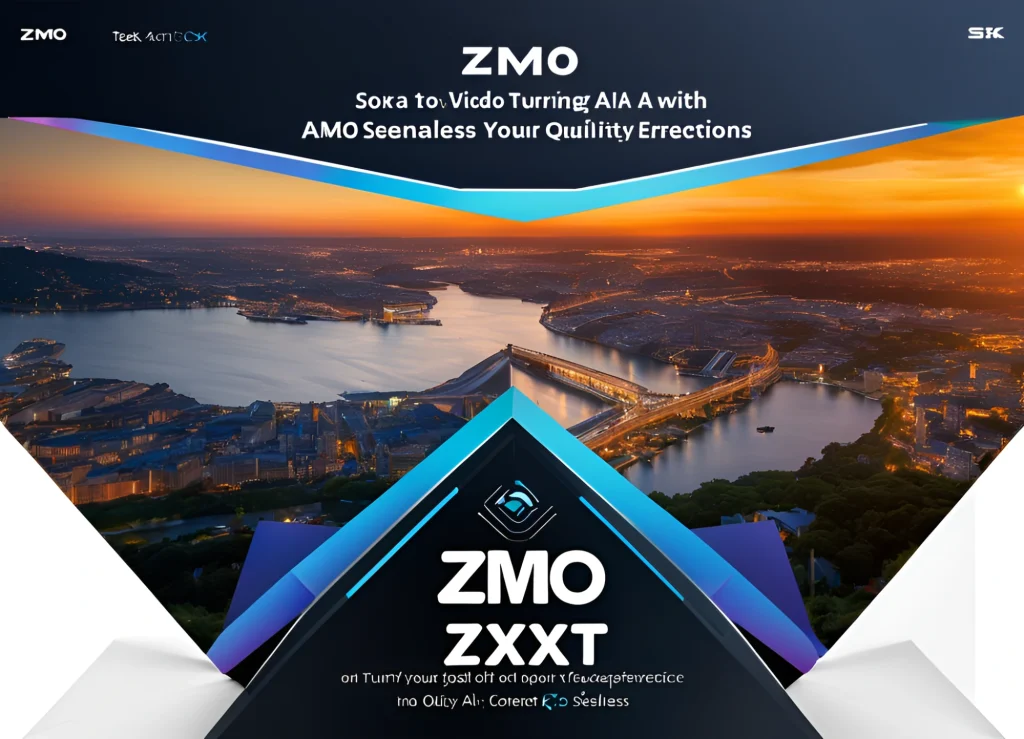
Future of AI Trends
As OpenAI’s Sora and ZMO’s AI emerge as trailblazers in AI-driven content creation, they herald a new era of innovation and possibility. These platforms represent more than mere tools; they symbolize the convergence of human ingenuity and technological advancement, shaping the future of visual storytelling.
These revolutionary effects are felt in many different fields, from marketing and filmmaking to education and other fields. These creative tools promote inclusivity by democratizing access to high-quality video content creation while also streamlining the video production workflow. Sora and ZMO AI give those who have a creative vision the ability to easily bring their notions and ideas to reality.
Conclusion
These innovative solutions streamline production workflows and democratize access to high-quality video content creation for a variety of uses, including marketing, filmmaking, education, and more. Sora and ZMO AI enable anyone to seamlessly bring their ideas to reality by empowering people with creative ideals.
Creators and companies are putting themselves at the forefront of the digital media scene as they adopt these AI-driven solutions, ready to use AI’s power for unmatched creativity and innovation. With the combined power of advanced technology and human imagination, the era of video production is here.
 Moridom Digital Agency Agency for Everything Digital
Moridom Digital Agency Agency for Everything Digital



